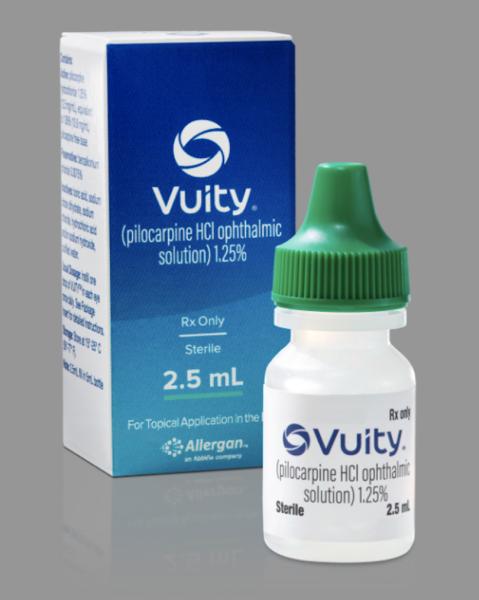Pilocarpine ophthalmic Interactions
There are 97 drugs known to interact with pilocarpine ophthalmic, along with 4 disease interactions, and 1 alcohol/food interaction. Of the total drug interactions, 96 are moderate, and 1 is minor.
- View all 97 medications that may interact with pilocarpine ophthalmic
- View pilocarpine ophthalmic alcohol/food interactions (1)
- View pilocarpine ophthalmic disease interactions (4)
Most frequently checked interactions
View interaction reports for pilocarpine ophthalmic and the medicines listed below.
- Alphagan (brimonidine ophthalmic)
- Alphagan P (brimonidine ophthalmic)
- Aspirin Low Strength (aspirin)
- Azopt (brinzolamide ophthalmic)
- Combigan (brimonidine / timolol ophthalmic)
- CoQ10 (ubiquinone)
- Cosopt (dorzolamide / timolol ophthalmic)
- Crestor (rosuvastatin)
- Diamox (acetazolamide)
- Eliquis (apixaban)
- Fish Oil (omega-3 polyunsaturated fatty acids)
- Lasix (furosemide)
- Lipitor (atorvastatin)
- Lumigan (bimatoprost ophthalmic)
- Metoprolol Succinate ER (metoprolol)
- Metoprolol Tartrate (metoprolol)
- Myrbetriq (mirabegron)
- Plavix (clopidogrel)
- Protonix (pantoprazole)
- Restasis (cyclosporine ophthalmic)
- Simbrinza (brimonidine / brinzolamide ophthalmic)
- Symbicort (budesonide / formoterol)
- Synthroid (levothyroxine)
- Travatan Z (travoprost ophthalmic)
- Tylenol (acetaminophen)
- Vitamin B12 (cyanocobalamin)
- Vitamin C (ascorbic acid)
- Vitamin D3 (cholecalciferol)
- Xanax (alprazolam)
- Zyrtec (cetirizine)
Pilocarpine ophthalmic alcohol/food interactions
There is 1 alcohol/food interaction with pilocarpine ophthalmic.
Pilocarpine ophthalmic disease interactions
There are 4 disease interactions with pilocarpine ophthalmic which include:
More about pilocarpine ophthalmic
- pilocarpine ophthalmic consumer information
- Compare alternatives
- Pricing & coupons
- Reviews (2)
- Side effects
- Dosage information
- During pregnancy
- Drug class: ophthalmic glaucoma agents
- Breastfeeding
- En español
Related treatment guides
Drug Interaction Classification
| Highly clinically significant. Avoid combinations; the risk of the interaction outweighs the benefit. | |
| Moderately clinically significant. Usually avoid combinations; use it only under special circumstances. | |
| Minimally clinically significant. Minimize risk; assess risk and consider an alternative drug, take steps to circumvent the interaction risk and/or institute a monitoring plan. | |
| No interaction information available. |
Further information
Always consult your healthcare provider to ensure the information displayed on this page applies to your personal circumstances.


